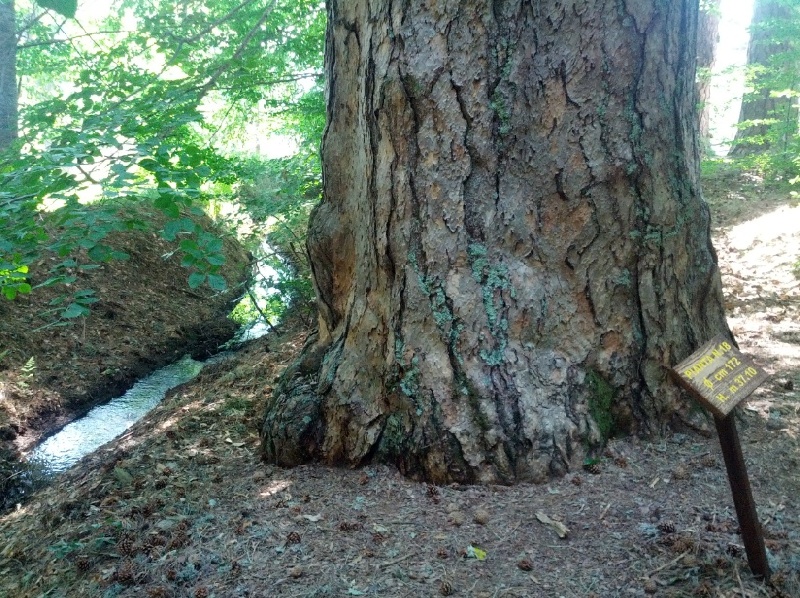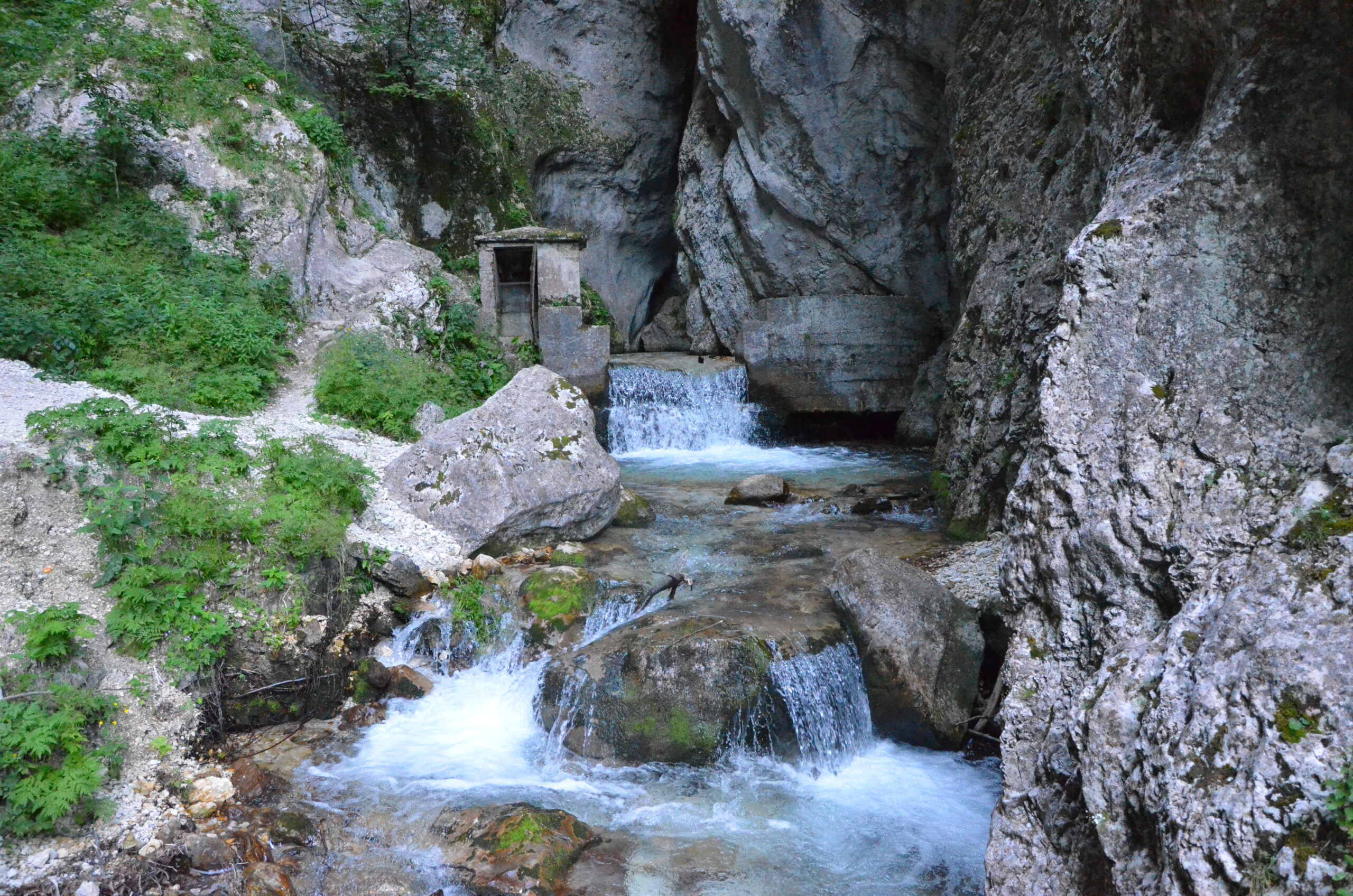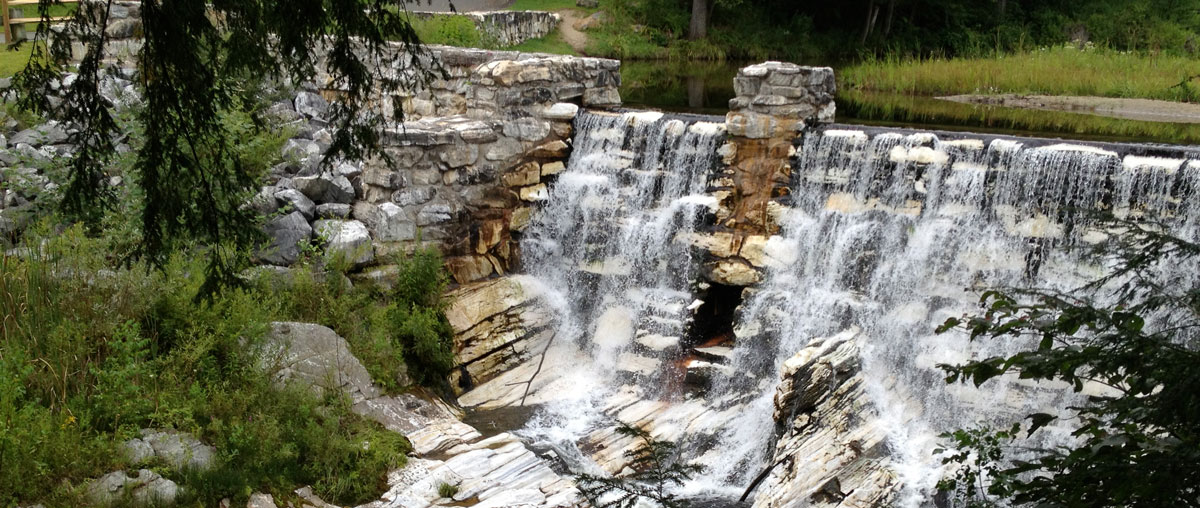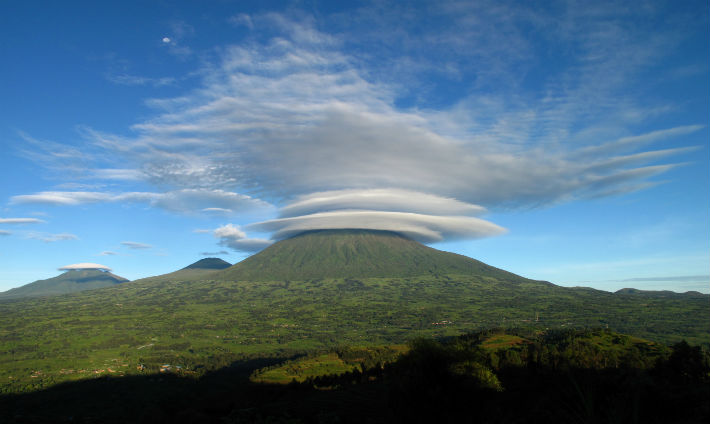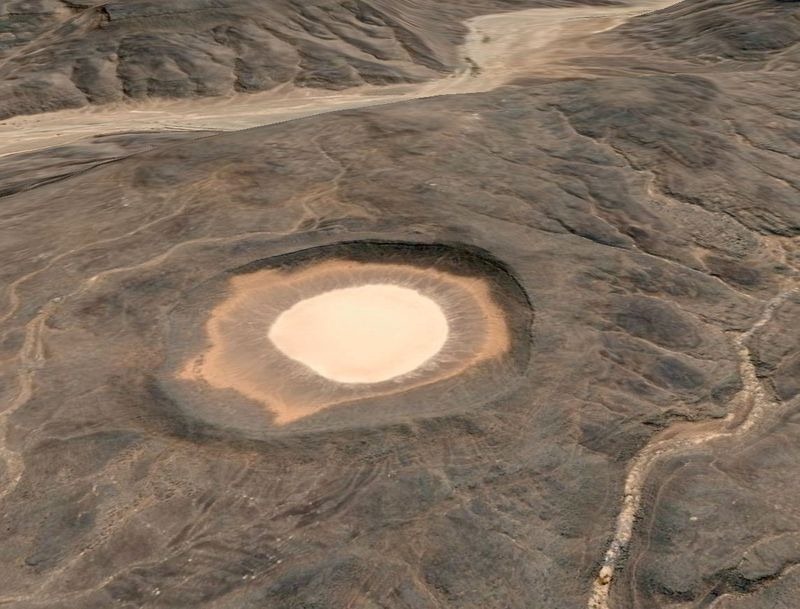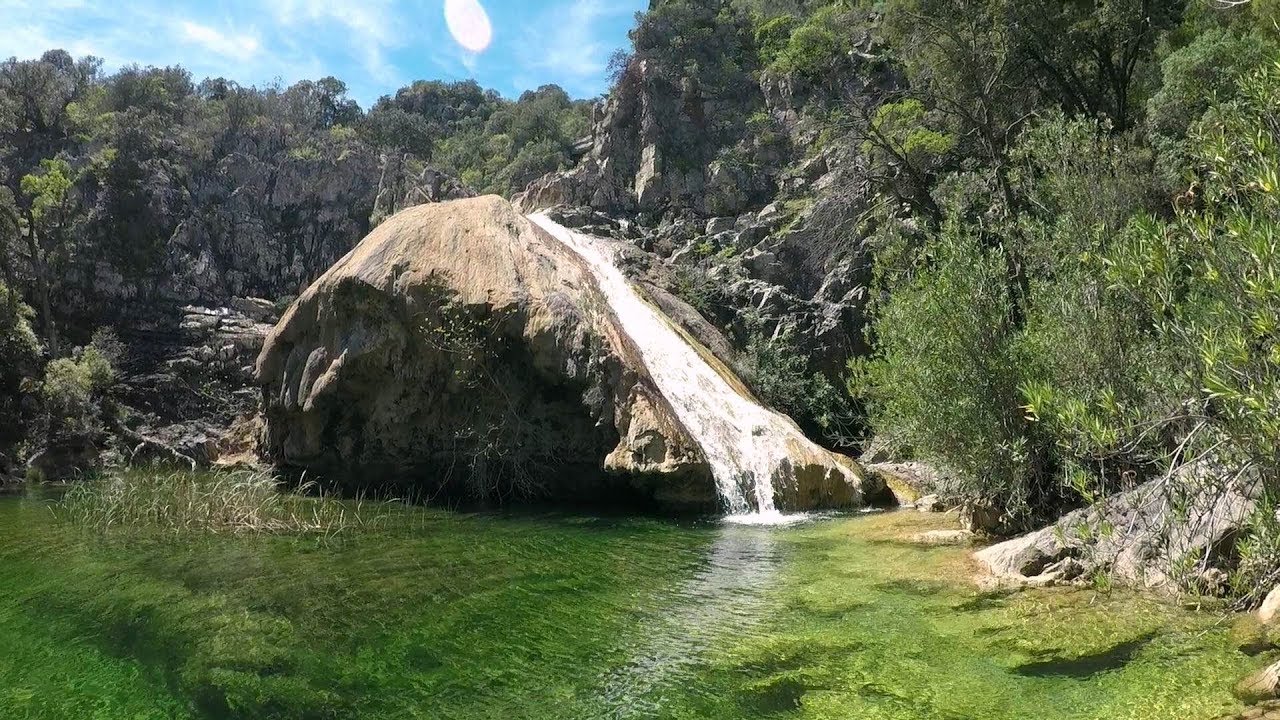The Giants of Sila Nature Reserve, also known as Fallistro Nature Reserve after the name of the locality where it is located, is a protected natural area. The "Giants of Sila" or "Giants of Fallistro," are ultracentennial larch pines of majestic size.
The name "Sila" derives from an Oscan expression equivalent to the Latin "silva," meaning "forest," "forest." The Romans called the Sila area, including the Serre plateau and Aspromonte, "Silva brutia," from which the present name is derived.
The reserve is thus the last remnant of the ancient Sila forest, which was present until the early 20th century and was then largely cut down first with the Unification of Italy, when it was sacrificed to supply the young Kingdom with valuable timber, and then immediately after World War II, as a pledge to be paid to the British and American allies for liberating the country.
According to some studies of wood samples, part of the reserve would instead date back to the 1620s-1650s.
All 56 "giants" in the Reserve are ultra-old, up to 350 years old, while other plants, also found in the Reserve, are about 150 years old. Recently more Larch Pines under 30 years old have sprung up spontaneously. The last heirs of the famous Selva brutia. A majestic place where you can breathe perhaps the cleanest air in Europe.
Over the entire area of the reserve, of about 5 hectares, various stages of development of the pine forest are visible, from the young natural regeneration of 5-10 years, through the young forest of 60-80 years and the adult forest of 100-120 years, up to the centuries-old forest of 380 years.
The ultracentennial specimens of enormous size have trunks that can reach 45 meters in height (35 m on average) and a diameter at the base ranging from 71 to 190 cm. Because of these characteristics, the Sila Giants are compared to North American redwoods.
Alongside the 56 exceptional larch pine trees, whose trunks form a natural colonnade, there are also seven sycamore maples, wild apple trees, beech trees, chestnut trees, quaking aspens and sycamore maples. The undergrowth is not very rich and, only in the small clearings are there numerous ferns. All 56 plants have been catalogued by the State Forestry Department, which has made and installed near each plant, an information table about the plant itself, in which the plant’s height and age, species and trunk diameter are indicated.
The Reserve is not open year-round. Its access is scheduled only in the summer period, from June until mid-autumn, until the end of October
